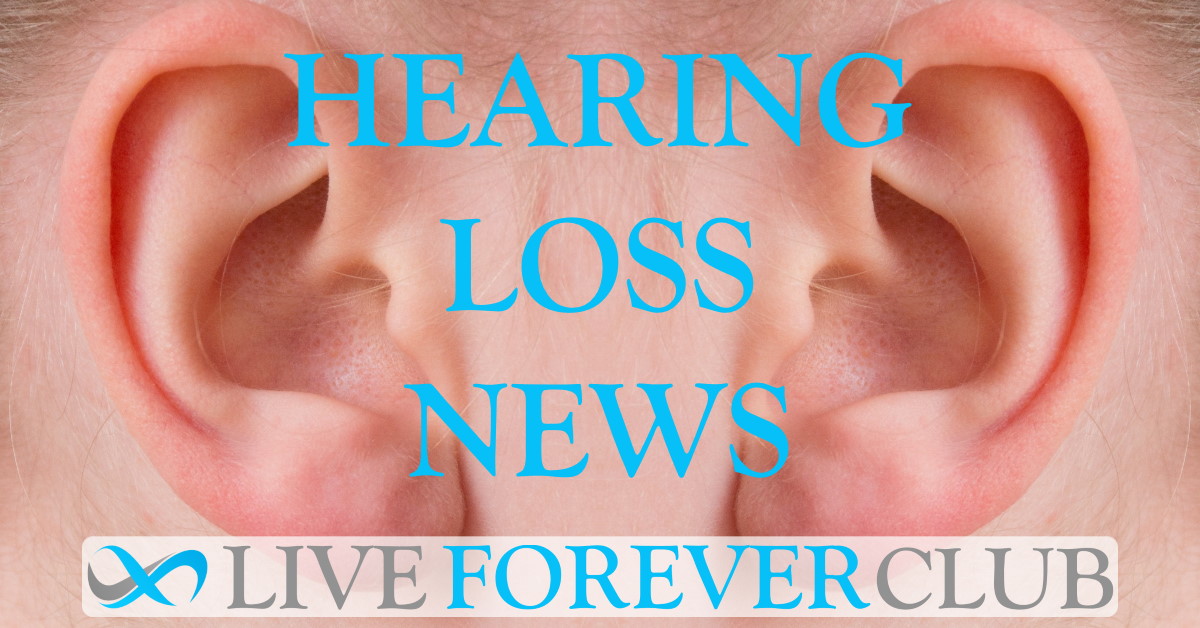
In addition to damage to the organ of Corti, ototoxic insults can damage structures along the auditory pathways. Recently pre-clinical and clinical publications have suggested that hair cell regeneration may be possible in an injured, post-mitotic organ of Corti. Current therapies (hearing aids and cochlear implants) are designed to augment the function of the damaged organ of Corti.

As this structure is post-mitotic at birth, no spontaneous replacement of damaged hair cells is thought to occur. The underlying pathophysiology is related to the loss of sensory hair cells within the organ of Corti. Some cases of SNHL have a genetic cause, but the majority of SHNL is the result of ototoxic insult.
#Stem cell treatment for hearing loss 2021 trial#
Tags Adult stem cells Alpha Stem Cell Clinic network ALS Alzheimer's disease Asterias Biotherapeutics Autism Blindness Blood stem cells Bone marrow transplant Brain Bridges Program California Institute for Regenerative Medicine cancer cancer stem cells Cedars-Sinai Cell Stem Cell CIRM CIRM 2.0 CIRM Board CIRM funding City of Hope clinical trial clinical trials Coronavirus COVID-19 CRISPR diabetes Discovery Research Dr.Sensorineural Hearing Loss (SNHL) continues to be a significant public health problem with over 270 million affected people worldwide and an incidence that increases with age. Adventure Essentials on A newfound passion for stem cell research.Adventure Essentials on Strength forged from adversity.Tey Hoon Boon on CIRM-funding supports world’s first stem cell treatment for spina bifida delivered during fetal surgery How this scientist changed paths to become a stem cell researcher.Smoking marijuana could be bad for your heart, but there is an unusual remedy.How this scientist changed paths to become a stem cell researcher.More Photos Categories Categories Archives Archives Top Read Posts The study is published in the journal Developmental CellĬIRM has funded several projects targeting hearing loss. Similar epigenetic modifications may also prove useful in other non-regenerating tissues, such as the retina, kidney, lung, and heart.” “Our study raises the possibility of using therapeutic drugs, gene editing, or other strategies to make epigenetic modifications that tap into the latent regenerative capacity of inner ear cells as a way to restore hearing. Now, obviously because this was just done in mice there’s a lot more work that needs to be done to see if it can also work in people, but Segil says it’s certainly an encouraging and intriguing start.

But in mice, levels of H3K4mel disappeared quickly after birth, so the team found a drug that helped preserve the molecule, meaning the support cells retained the ability to turn into hair cells. They found that one molecule, H3K4mel, was particularly important in activating the correct genetic changes need to turn the support cells into hair cells. They identified specific proteins that played a key role in turning genes on and off, regulating if and when the support cells could turn into hair cells. So Segil and the team set out to identify how mice were able to do that and see if those lessons could be applied to people.

But mice, in the first few days of life, have ability to turn some of their support cells into hair cells, thus repairing any damage. In people, once the hair cells are damaged that’s it, you can’t repair or replace them and the resulting hearing loss is permanent. The inner ear has two types of cells that are crucial for hearing “hair cells” are sensory receptors and these help the brain detect sounds, and support cells that play, as the name implies, an important structural and supporting role for the hair cells. Our study suggests new gene engineering approaches that could be used to channel some of the same regenerative capability present in embryonic inner ear cells.” “Permanent hearing loss affects more than 60 percent of the population that reaches retirement age. Neil Segil says this could, in theory, help reverse some hearing loss. Now researchers at the University of Southern California (USC) have identified the mechanism that appears to stop cells that are crucial to hearing from regenerating. Usually people notice those changes as they get older but the damage can be done years before that through the use of some prescription drugs or exposure to loud noise (I knew I shouldn’t have sat in the 6 th row of that Led Zeppelin concert!) Hearing loss is something that affect tens of millions of Americans.


 0 kommentar(er)
0 kommentar(er)
